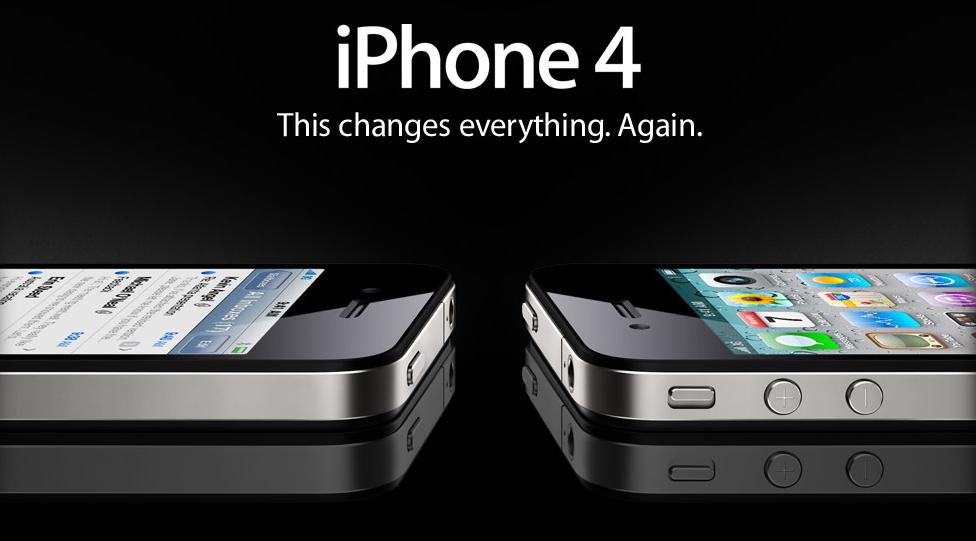Why Apple's new iPhone 4 is not a Flip mini camcorder killer

Is the high-definition video available on Apple's new iPhone 4 a Flip-killer?
Flip, the mini camcorder now made by Cisco, was first introduced in 2007, and since then it's completely taken the digital video market by storm. With its easy-to-use operation -- push the red button, and away you go -- it made clunky, soda-can-sized handheld camcorders seem...unwieldy.
Fast forward to the present. The Flip now offers a full touchscreen display and more than four million models have been sold. But all the while, the smartphone has gotten smarter, more connected and more ubiquitous.
In fact, Apple's announcement has some tech reviewers wondering: will it kill the Flip?
Here's Janko Roettgers at NewTeeVee:
It [is] clear why everyone's favorite HD point-and-shoot camcorder could be in deep trouble: The Flip SlideHD was supposed to be the next big step for Flip, as it transitioned to a touchscreen-based interface, but it already looked outdated when it made its debut earlier this year, missing multitouch and other UI essentials that smartphone users are already accustomed to.
[...]
Smartphone users, on the other hand, are increasingly getting used to immediately sharing their footage via their devices’ cellular network connections.
And here's my CNET colleague David Carnoy on the same subject:
Initially, Flip should be OK if only because not everybody is going to go out there and buy an iPhone 4 tomorrow. But if Apple brings HD video capture to the next-generation iPod Touch this fall, consumers will most assuredly gravitate toward a thinner, lighter--and much more feature rich--device like the iPod Touch that won't cost much more than current Flip HD models, which retail for $150-$279.
My take? Flip will be just fine for the next few years.
Here's why:
- The Flip is affordable. At $149, it's $50 cheaper than the new iPhone -- no contract necessary.
- The Flip is disposable. A $200 camcorder is certainly not as disposable as paper, but ask yourself which you're more likely to give to your five-year-old: a Flip, or the iPhone with all your data on it?
- The Flip is simple. Developers are making it easier than ever to capture video from a smartphone, but you still have distractions to deal with, such as updates and incoming phone calls.
I'm one of the first people who believes that one-trick-pony devices, such as e-readers, are not sustainable products. But there are particular hurdles to the mobile industry that will prohibit rapid mass adoption of "Flip-killing" smartphones -- the most significant being the two-year service contract.
So what will it take to kill the Flip? Easy: the high-definition video camera must become a standard feature of the smartphone, and the smartphone itself must become the "standard" (i.e. most popular) phone.
That's going to be difficult when most users can't upgrade their hardware at will, thanks to draconian service contracts.
When Apple introduced the video- and photo-enabled iPod touch and nano, pundits were swift to claim the impending death of the mini pocket camcorder. But even without a service contract, those devices -- which have sold millions -- haven't yet overwhelmed the segment.
The new iPhone is likely to end up the same way. To be sure, plenty of people will use the device to record impromptu clips of the kids, or of scenes abroad, or of karaoke in the bar, and instantly upload them to Facebook or Twitter or whatever else suits them.
But the Flip remains a trusty sidekick for those less impromptu moments -- the ones that require some degree of post-production.
For sure, Flip's current challenge is to innovate -- figure out how to get that Cisco-powered cloud connectivity so content can be uploaded on-the-go.
But until the smartphone becomes truly ubiquitous, I believe the Flip will survive.
